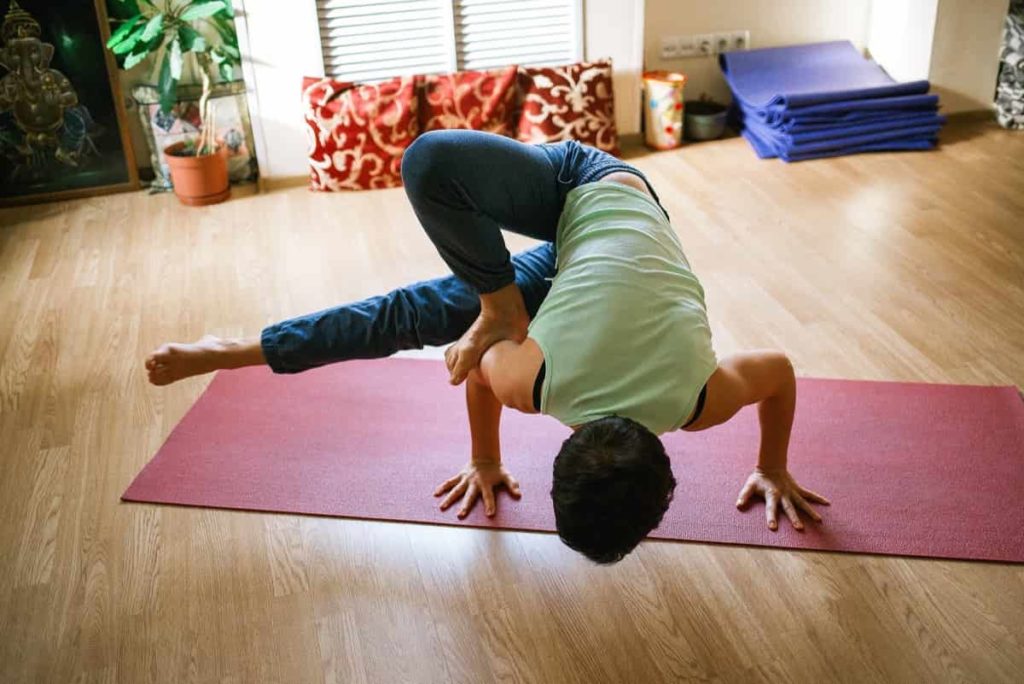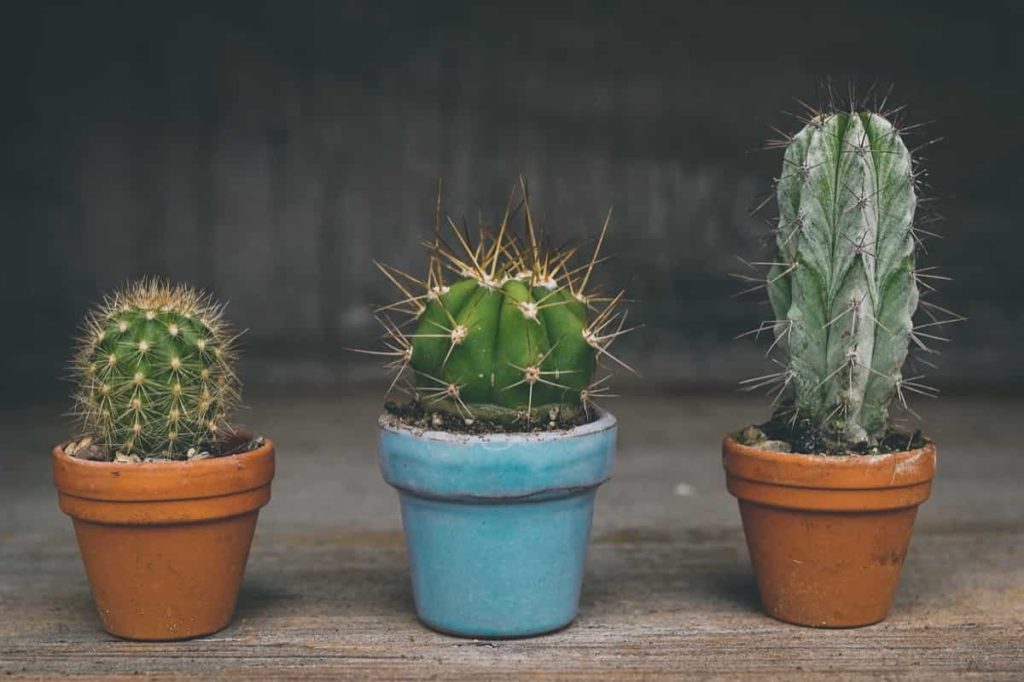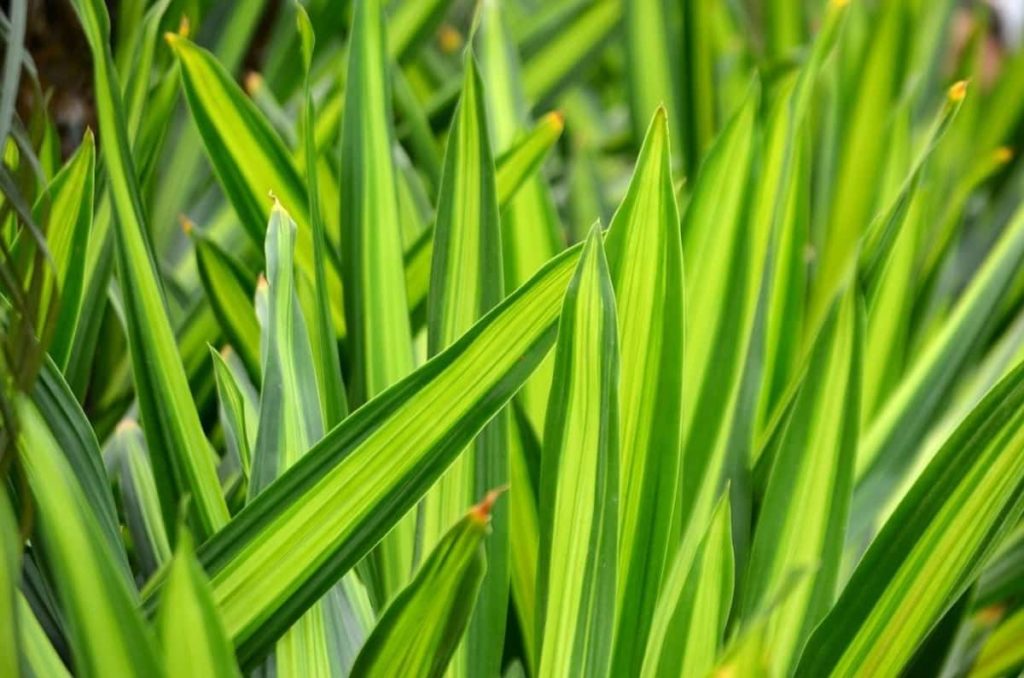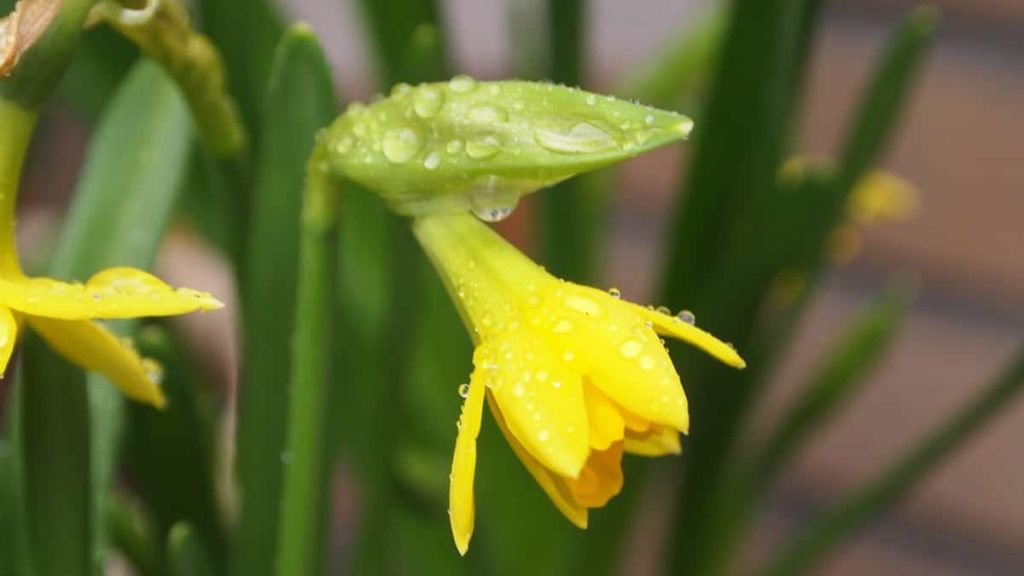Do plants help us meditate more effectively? The answer is yes they do. So what are you waiting for it’s time to bring home some greenery that will look great in your meditation room. We are all aware that a peaceful mind enhances the beauty of life and is also the main cause of genuine pleasure. Meditation practitioners prefer to take in the little joys of life and achieve a Zen-like state of being. You may increase air quality and better engage yourself in meditation by adding indoor plants.

What are the similarities between yoga and houseplants? They’re both beneficial to your health, and not only because of their aesthetic appeal. Yoga is a method for people to submerge themselves with nature, and plants help them to do so. Practicing yoga in a green area has several advantages. Let’s check out the steps to create your meditation and yoga room with garden plants below.
Steps to create your meditation and yoga room with garden plants
Plants purify the air which makes them special
Plants have the potential to filter the air we breathe, did you know? Plantlife produces oxygen for humans to breathe throughout the earth. Photosynthesis is a process in which plants take carbon dioxide and produce oxygen and we that know humans and animals survive by inhaling oxygen and exhaling carbon dioxide. It’s a wonderful symbiotic connection when they work together. You do not bring flowers and plants to patients in hospitals for no reason. Plants have healing properties as well.
Plants release up to 97 percent of the water they absorb, resulting in a humid atmosphere that is beneficial to respiratory health. Dry skin and disease symptoms such as sore throats and coughing are all improved by the humid air. Plants in office spaces counteract the effects of “sick building syndrome,” a condition where its buildings’ occupants experience health issues that are connected to their time in the building but are not caused by a specific sickness.
Plants add elegance and beauty to your space
We are confident that you value nature. We’re confident you’d love to add a natural look to your meditating or yoga room and the best way to achieve this is with flowers and plants. Yoga and meditation studios should be visually appealing and make you feel wonderful. What better way to do this than by embracing visually appealing plants?
Plants lift your mood
Creating a green haven in your house may do wonders for your attitude. By displaying plants on stools and utilizing macramé hanging planters to provide levels and complexity, an urban-jungle feeling is quickly created, encouraging a sense of serenity and contentment. The following plants are a few examples of mood lifters.
In case you miss this: Top 20 Garden Plants That Attract Pollinators to Your Garden

Purifying rosemary
The Rosemary plant, widely known as a purifying herb, also has the ability to deflect bad energy. By maintaining this plant indoors, you can keep your house free of dangerous chemicals and enhance both physical and emotional wellness. The plant’s aroma is sufficient to boost your home’s mood, combat anxiety, improve memory, treat sleeplessness, and provide inner serenity. It should be kept in a room with vibrant colors, and a cold temperature.
Neutralizing eucalyptus
This is the most upbeat plant you’ll ever come across. It functions as active carbon for whatever negativity it comes into contact with. You can count on your eucalyptus to neutralize any bad energy in the area and produce a happy feeling. Furthermore, this plant is beneficial to the financial department. So, plant a eucalyptus tree in your home and let it manage all of your bad emotions.
Peacock plant
Peacock plants improve your health by eliminating chemical vapour from the air in your house, thereby cleaning it. They do, however, need some upkeep because they love to dwell at temperatures ranging from 18 to 27 degrees Celsius. To prevent predation, maintain yours in a damp room with indirect sunshine and wet soil.
A tiny little cactus can help you be more productive
Placing these small plants near your workplace can make things better, they help you be more functional during the day, regardless you work at home or in an office. Cactus helps to decrease the random background noises. So you can concentrate on your work or relax by having a cactus indoors.
In case you miss this: Fast Blooming Flowers to Grow from Seeds: Indoors, Pots, Backyard, and Raised Bed

That’s because the noise is reflected away from you by the surface area. As we actively put our tension into providing for the cactus, the cute tiny plants help us relieve stress and reduce stress-related unhappiness. Cacti are low-maintenance and require little irrigation in the winter which makes them an even better option.
Harmonize your inner peace with the help of these plants
Plants’ life vitality draws optimism and provides an entirely different experience of being. Bringing positive vibes into your house benefits your health, lifespan, and overall enjoyment.
Basil the great
We couldn’t talk about herbs and meditation without discussing Holy Basil. Holy Basil has been used medicinally for over 3,000 years and can help maintain balanced body energy as well as offer a sense of well-being. It’s considered one of India’s most valuable herbs.
The exquisite charm of the snake plant
The snake plant’s robust, erect leaves have a dramatic deep green mottling edged in bright yellow, giving any indoor room a vibrant appeal. They remove pollutants from the air and grow so quickly that expert gardeners say the plant thrives when left alone. Because they like indirect light, they don’t require much window space to thrive.
In case you miss this: Growing Coleus Indoors, Coleus Types, Coleus Care

The vibrant African violet
The African violet would quietly urge everyone to be alert and concentrate their efforts on good aims, thanks to its history of signifying values like dedication and constancy. It’s also a simple plant to maintain potted and inside, and its clustered blossoms give wonderful pops of color when they bloom.
The uplifting rose
Roses have a long and illustrious history, and they are often connected with the spiritual feminine. Roses are inherently uplifting, and simply being in the presence of them may help you feel better.
The cheerful and lively daffodil
This gorgeous yellow flower is associated with the arrival of spring. The aroma is light and cheerful, and the color represents the creative and emotional equilibrium energy. Having them on hand can assist you in bringing fresh thoughts and idea patterns to light so that you can proceed on.
In case you miss this: Growing Garden Cress From Seed, Indoors, Tips, Ideas

The alluring lily
Lilly filters the air, which is one of the numerous advantages it brings to human health. The sacredness of waterlilies may help you overcome all of your tension and negativity. Water lilies might be placed in a glass vase or vessel nearby your yoga mat for a relaxing and attentive yoga practice.
The enticing beauty of the curving bract white blooms and their green leaves is a sight to see in the room. Choose a stylish container for it to be planted in to make your home décor appear as appealing and sophisticated as possible. Its attractiveness is enhanced by the decorative container.
Bamboo the good luck bearer
This plant is traditionally given to others to grant you good luck. Three stakes are usually provided since they represent happiness, long life, and prosperity. As a result, there are three reasons why you should utilize it for meditation. Its elegance and shape are perfect for your meditation room since they are simple yet not dominating. So, consider these if you want to create a more minimalistic style in your home.
Soothing and healing lavender
Lavender relaxes and soothes the skin, reducing redness, balancing oil production, healing blemishes, and stimulating circulation for better skin tone. It helps you think more clearly, feel less worried, and keep your emotions in check. It has been reported to cure headaches, muscle discomfort, respiratory problems, expedite the healing of wounds, scrapes, and bruises, and soothe sunburns and insect bites.
The essential oil from lavender is a global therapeutic oil that aids in the balance of the seven primary chakras. Intuition, imagination, imagery, and concentration are all properties of the third-eye chakra, which lavender is related to.
Aromatherapy
Plant-based essential oils, such as lavender will help to calm the spirit, mind, and body. Aromatherapy may be used when meditating in a variety of ways, from lighting candles and the fragrance of healing oils. Aromatherapy not only helps you relax but also has additional advantages.
In case you miss this: Indoor Bamboo Plant Care – Tips, Ideas, Secrets

This type of therapy is getting prominence which is on its approach to become a widely used therapeutic tool that is thought to improve brain function. It also improves the immune system, soothes muscular discomfort, and decreases or eliminates stress, according to research.
Frequently asked questions
How do you set up a yoga meditation space?
Although there are no hard and fast rules for constructing a meditation area, these suggestions might help.
- Select a relaxing environment.
- Make it as comfy as possible.
- Take into account the lighting.
- Incorporate natural elements into your decor.
- Make your space unique in your way.
- Add a lovely fragrance.
What should be in a meditation room?
You should incorporate your unique touches while designing your meditation space with any aspect, fragrance, sound, or item that calms you and relieves your mind. Choose items like chimes, gems, affirmation rocks, jewelry, and artwork.
How do you make a spiritual room?
- Define “holy” for yourself.
- Ask yourself if you need a place to practise yoga, meditate, or connect with your spiritual side?
- Designate a holy space in your home.
- Construct your altar.
- How to Grow Hibiscus from Flower
- Plantation Ideas for Home Decoration: A Beginners Guide
- Flower Garden Designs and Layouts for Beginners
- Planting and Spacing Techniques in Papaya: A Beginner’s Guide
- Growing Gold: Essential Techniques for Planting Pineapples
- How to Make Kalanchoe Plant Bushy: Home Remedies and Solutions
- 11 Reasons Why Your Gardenia is Not Blooming: Home Remedies and Solutions
- Eco Elegance: The Guide to Designing a Drought-Tolerant Landscape
- Gardening on a Slope: Strategies for Hillside Landscaping
- Nourish and Flourish: Top Organic Mulches for Thriving House Plants
- Everything You Want to Know about Indian Mogra Flower: Discover Uses and Growing
- Green Thumb Success: Expert Tips for Cultivating Greenhouse Pumpkins All Year Round
- Maximize Growth & Flavor: The Ultimate Guide to Companion Planting in Herb Gardens
- How to Control Rhododendron Problems Naturally: Home Remedies and Organic Ways to Fix Them
- Natural Magic: The Remarkable Benefits of Cinnamon for Plants
- Best Steps to Revive Dying Tulip with Natural and Organic Treatment
- 10 Reasons Why Your Angel Trumpet is Not Blooming: Remedies and Treatment
- How to Fix Periwinkle Leaf and Flower-Related Problems: Natural Remedies and Solutions
- How to Fix Zinnias Leaf and Flower Problems: Discover Natural and Home Remedies
- Organic Steps to Induce Lemon Tree Flowers: A Comprehensive Guide
- Bloom Booster: Crafting the Perfect Homemade Bougainvillea Fertilizer
- Optimizing Growth: A Guide to Applying NPK Fertilizer for Potted Plants
- 10 Best Homemade Fertilizers for Rubber Plant: DIY Recipes and Application Method
- How to Boost Female Pumpkin Flowers: Effective Steps for More Flowers and High Yields
- Transform Your Indoor Garden: Top Benefits of Pink Salt for Houseplants
- 10 Best Homemade Fertilizers for Peacock Plants (Calathea): Easy DIY Guide
- Unlock Blooms: 9 Reasons Why Your Potted Chrysanthemum is Not Blooming
- 8 Reasons Why Your Potted Hibiscus is Not Blooming: Fix it with Simple Solutions
- Unlock Blooms: 9 Key Reasons Your Potted Frangipani Won’t Flower
- 10 Reasons Why Is My Ice Plant Not Blooming: Remedies and Treatment
- 10 Reasons Why My Potted Hydrangea Not Blooming: Treatment and Remedies
- 10 Reasons Why is My Wisteria Not Blooming: Remedies and Treatment
- 10 Reasons Why is My Goldfish Plant Not Blooming: Remedies and Treatment
- Maximize Your Space: Ultimate Guide to Balcony Gardening with Grow Bags
- 10 Reasons Why Your Iris is Not Blooming: Remedies and Treatment
- 10 Reasons Why Your Anthurium Plant is Not Blooming: Treatment and Remedies